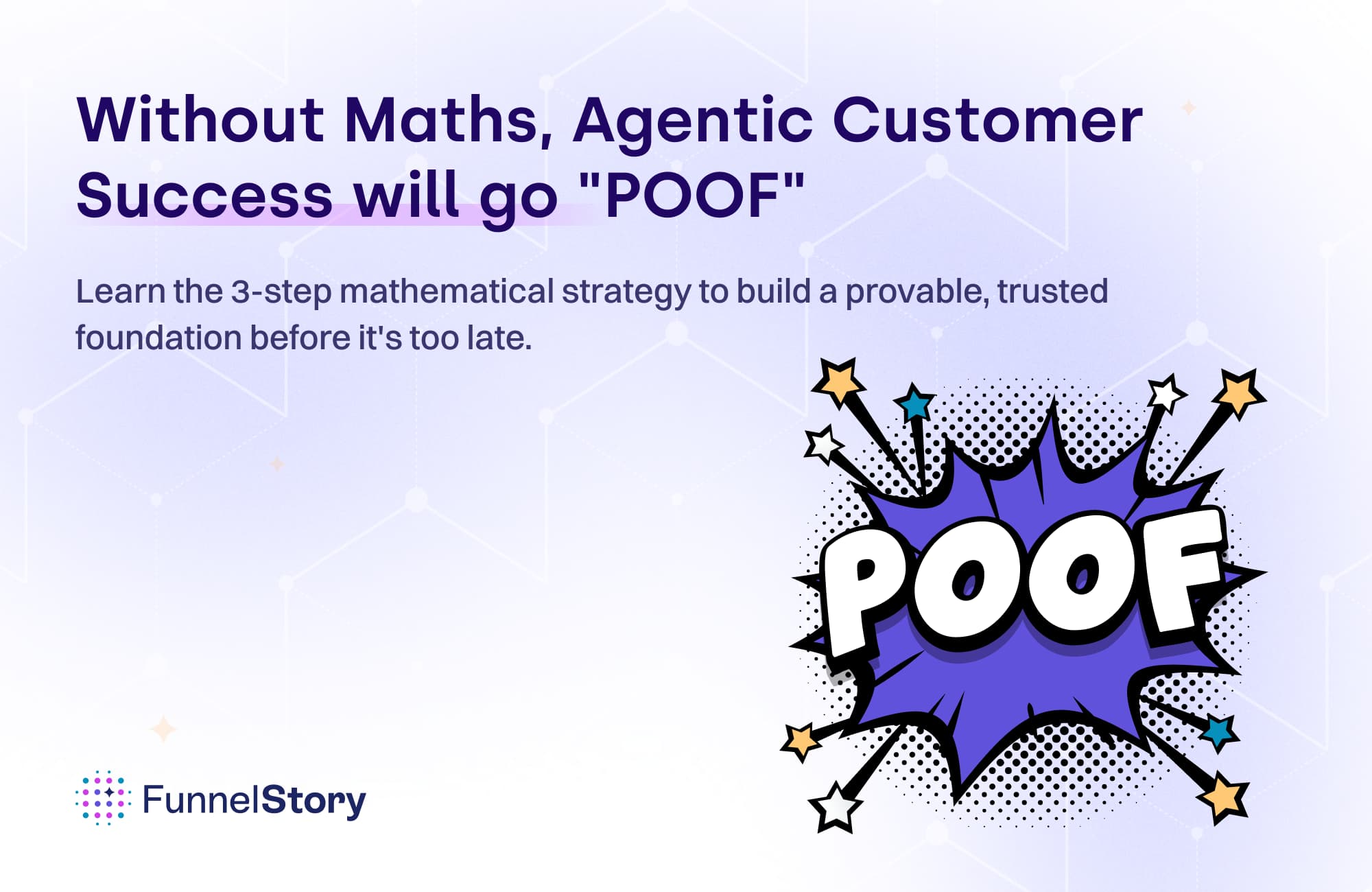In this article
Running a Managed Product Trial: Key Insights for Effective PoCs in Modern Enterprises
Unlock the power of a successful Proof of Concept. Dive into the steps, common mistakes, and their role in product-led growth to drive informed business decisions and market success.

By Alok Shukla
Cofounder and CEO
Oct 21, 2023
6 min read
The Importance of a Proof of Concept
In the realm of SaaS, giving customers a taste of what's in store through proofs of concept (PoC) is pretty standard. But it's not just about showcasing; it's about making an impactful statement. With many options available, making your PoC stand out has become more crucial than ever. This presentation could be the clincher for a deal you've been chasing.
Each company has a unique way of presenting a PoC, but some golden rules apply. Sticking to these foundational guidelines can transform your PoC from just another demo to a compelling case for collaboration. As we journey further, we'll unpack the art and science behind crafting a captivating PoC, sprinkling in our insights and experiences to guide you.
Defining PoC: A Quick Overview
Before diving deeper into the intricacies of a PoC, it's essential to have a clear understanding of what it is and how it stands apart from other commonly used terms in B2B sales.
A PoC is a trial or pilot program that allows a prospective customer to test out a product or service before making a purchase decision. PoCs are typically used for complex or expensive products and services, where the customer needs to be confident that the product or service will meet their specific needs and deliver the desired results.
The Six Key Steps to a Successful PoC
Venturing into the process of running a PoC can be daunting. But like any complex task, breaking it into manageable steps can make all the difference. Here’s a simplified roadmap to help you navigate.
Step 1: Setting Clear Objectives
Before you start, you must have a laser-focused idea of what you want to achieve. This gives direction and sets the criteria for your PoC's success or improvements. Remember, a well-defined goal leads to tangible results. As mentioned in our article "The Problem with Product Trials and How to Improve Yours," setting the right expectations is key to any project's success.
Step 2: Choosing the right stakeholders
Your PoC's fate largely rests with those involved. Engaging decision-makers ensures the PoC aligns with broader business goals. Additionally, roping in potential end-users can offer invaluable on-the-ground insights, ensuring the final product resonates with its intended audience.
Step 3: Create a solid framework
A well-structured framework lays the foundation for a successful PoC. This involves allocating resources wisely, setting realistic timeframes, and identifying key milestones. Think of it as the backbone supporting and guiding your PoC's development.
Step 4: Regular feedback and iteration
Feedback isn’t just a checkpoint; it's an ongoing process that shapes the trajectory of your PoC. Communicate regularly with the customer throughout the PoC process. Get their feedback on the product or service and make adjustments as needed. This will help to ensure that the POC is meeting the customer's needs and that they are likely to be satisfied with the results.
Step 5: Get the right tooling
PoCs are complex. They involve multiple stakeholders, who communicate across multiple channels. Mounds of valuable data are created when customers are in your product environment. Because of this reality, your team needs the right tooling to track all of these activities and turn them into valuable insights for the deal and for future PoC optimization.
Step 6: Evaluation and documentation
Once your PoC has run its course, take the time to reflect. What worked? What didn't? Documenting these findings provides a reference for future endeavors and helps decide the next steps. Remember, a PoC’s end is just the beginning of a product's journey.
Common Mistakes in Running PoCs and How to Avoid Them
PoCs are not immune to mishaps, they're run by humans after all. Awareness of common pitfalls can distinguish between a successful PoC and a costly misstep. Let's delve into some common mistakes and explore ways to evade them.
Mistake 1: Skipping success metrics
The Flaw: Jumping into a PoC without clear indicators of what constitutes success is like setting sail without a compass. You might progress, but you must figure out where you'll end up.
The Fix: Before you begin, establish measurable KPIs. This could relate to performance, user engagement, or other relevant aspects. Having tangible metrics streamlines the evaluation and ensures the PoC remains aligned with its objectives.
Mistake 2: Overcomplicating the process
The Flaw: A PoC is a testing ground, not a finished product. Yet, many make the error of adding too many features or processes, muddying the waters, and diluting the core value to be discovered.
The Fix:
Stick to the essentials.
Focus on the primary objectives and functionalities. If a feature doesn't directly contribute to the PoC's goal, leave it out and come back to it later.
Remember, simplicity often leads to clarity.
Mistake 3: Ignoring External Factors
The Flaw: PoCs don't exist in a vacuum. External factors like market trends, competition, and technological shifts can significantly impact the outcome.
The Fix: Stay informed. Regularly review the landscape in which your PoC operates. By doing so, you can anticipate potential challenges and integrate solutions proactively.
Additional Tips to Sidestep These Pitfalls:
Collaboration is Key: Engage with a diverse team to get varied insights. This can help in spotting potential issues before they escalate.
Iterative Approach: Don’t wait for the PoC to conclude before adjusting. Regular check-ins and tweaks based on interim feedback can prove invaluable.
Stay Objective: Getting attached to an idea is easy, but staying objective is essential. Regularly revisit your goals to ensure the PoC remains on track.
By being aware of these common mistakes and actively working to avoid them, you significantly increase your PoC's chances of success.
Why PoCs Can (and Should) Borrow from PLS
In today's fast-paced digital marketplace, Product-Led Sales (PLS) is a linchpin for B2B companies aiming to expand their reach and cement their foothold. When you layer the PLS mindset and strategy over your PoC motion, you realize there is much to gain.
First, it will make your team more data-driven and get you out of your manual tracking and processes. By tracking how customers use your product during the trial period (using PLS tooling), you can identify which features and functionality are most important to them, as well as any areas where the product may need improvement.
Additionally, when you can see how customers are activating in your PoC funnel, you can make better decisions like when to support a given customer, which deals with resources, or how many Solution Engineers are needed.
The hard truth is, that PoCs are expensive because they come with a lot of overhead (people), and that's one of the hardest things to scale. So taking some pages from the PLS playbook is going to give your team more data and automate work without sacrificing the customer experience.
Making the Most of Your PoCs
PoCs, when executed perfectly, serve as a touchstone for potential customers, allowing them to gauge a product's capabilities firsthand. This builds trust and lays the groundwork for long-term customer relationships. While there are good practices in general, the bigger idea here is how to modernize your PoC process. And that, in our opinion, means taking a page from the PLS playbook.



